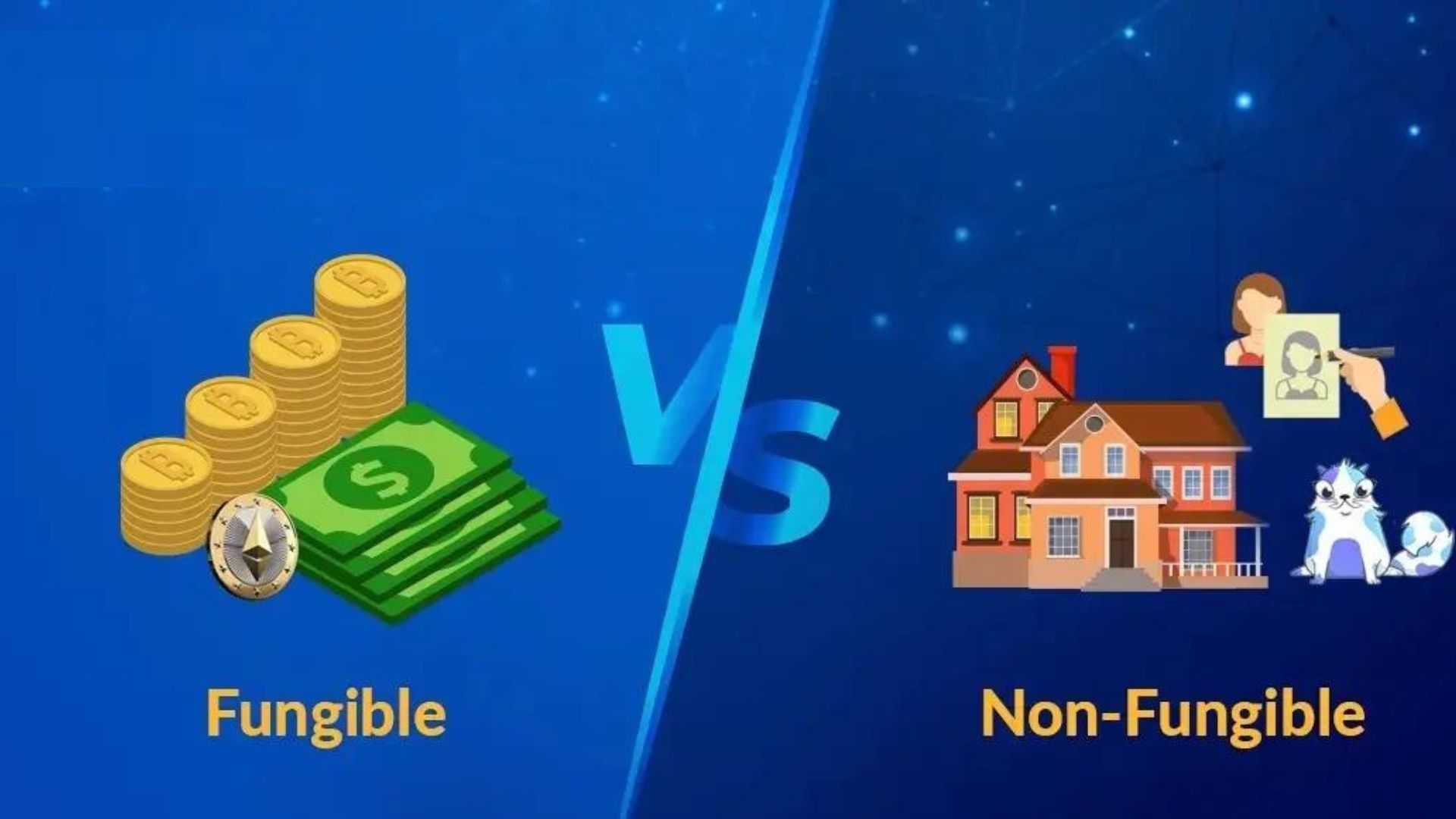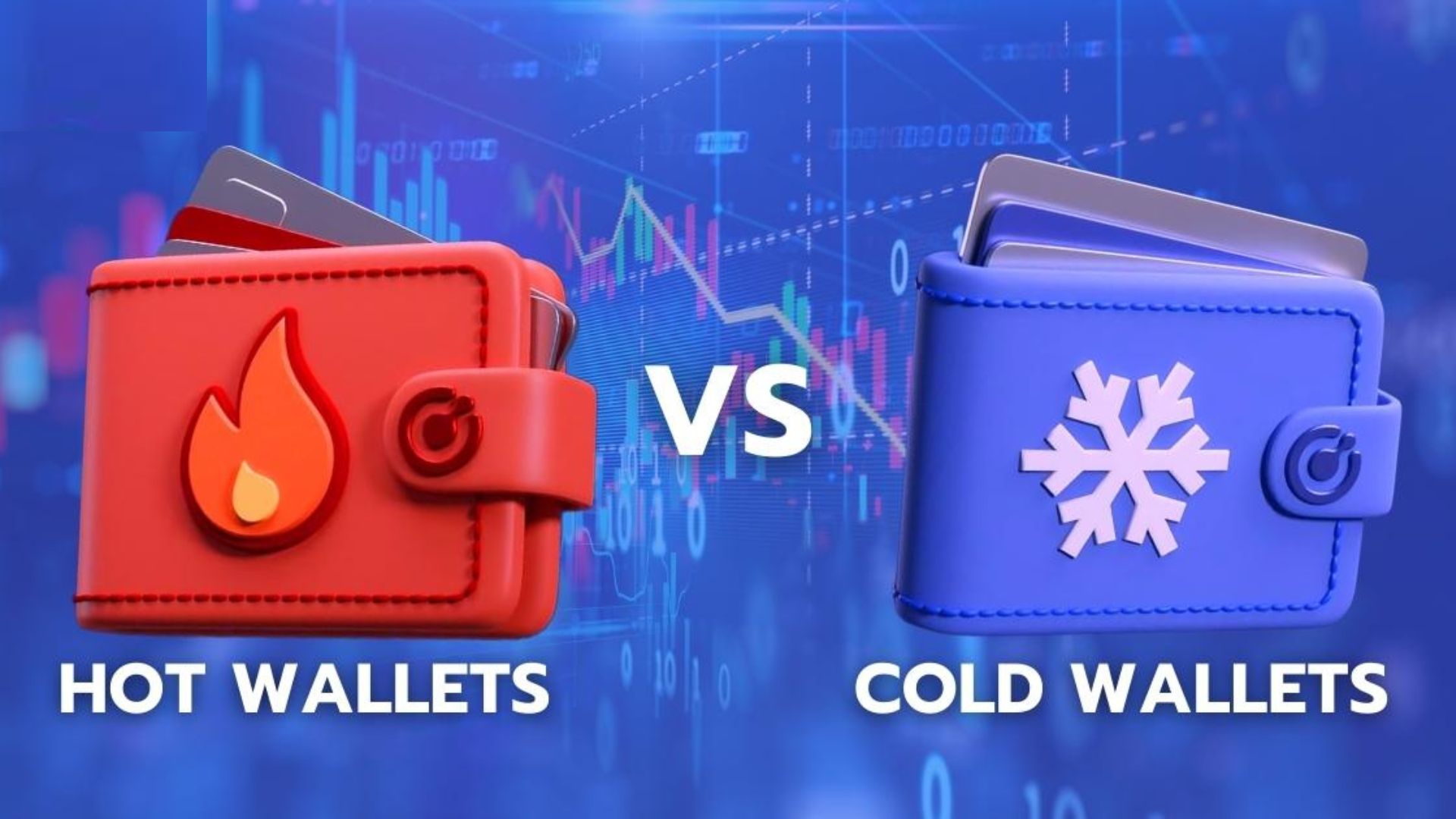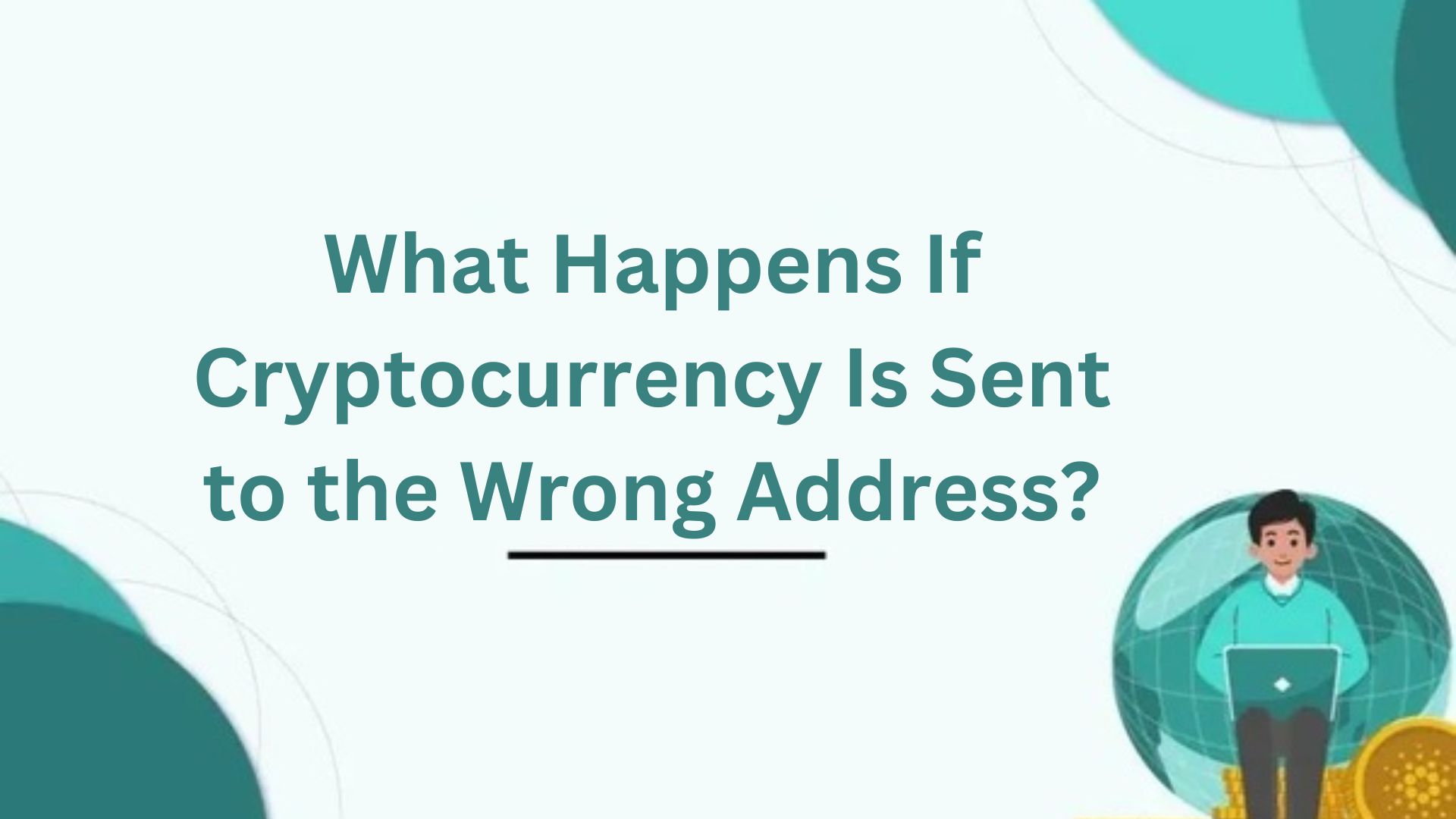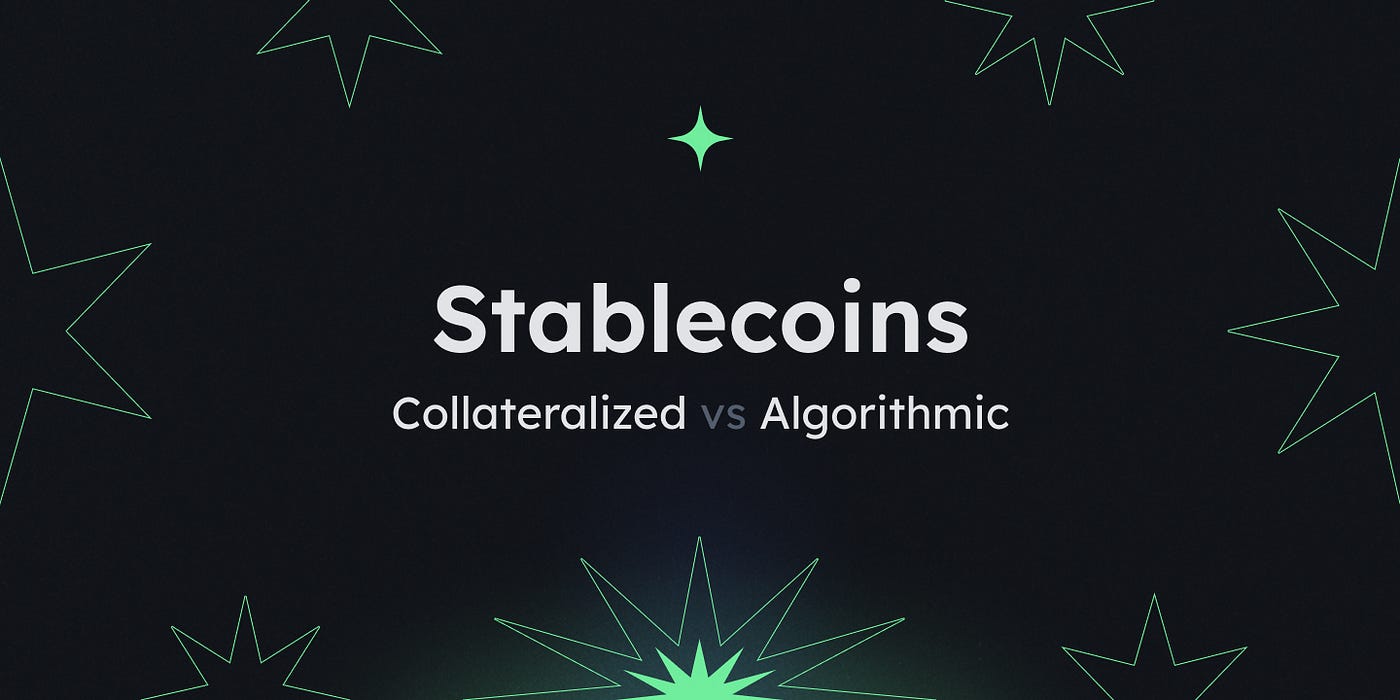What is Ethereum: A Comprehensive Guide 2024
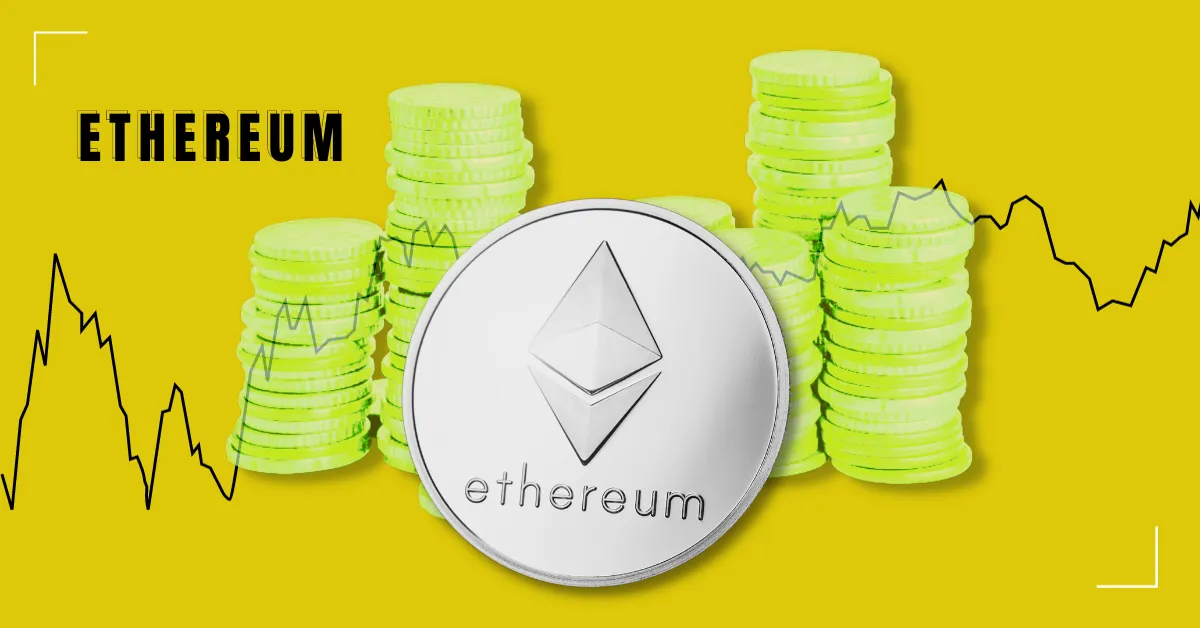
What is Ethereum: A Comprehensive Guide 2024. If Bitcoin BTC $42,864 is the claimed future of money? For someone new to cryptocurrencies, that’s the logical inquiry since Ethereum and its native Ether ETH $2,321 cryptocurrency are often seen alongside Bitcoin on exchanges and in the headlines. Ethereum is not strictly competing with Bitcoin. Its purpose, features, and technology vary. Ethereum, powered by Ether tokens, allows users to transact, earn interest through staking, store NFTs, trade cryptocurrencies, play games, and use social media. Many consider Ethereum the internet’s next step. Ethereum, a user-powered network, is Web 3.0, unlike Apple’s App Store. The “next-generation web” enables decentralized apps, money, and exchanges (DApps, DeFi, DEXs). This guide covers Ethereum’s history, mining, how it works, how to buy it, ETH vs. BTC, benefits, and Ethereum 2.0.
History of Ethereum
Ethereum wasn’t always the second-largest blockchain project. Vitalik Buterin co-founded the project to address Bitcoin’s weaknesses. Buterin’s 2013 Ethereum white paper described smart contracts and automated immutable “if-then” expressions that enable decentralized applications. DApp development existed on the blockchain, but platforms were incompatible. Buterin wanted Ethereum to unite. He believed DApp adoption could only be maintained by integrating their operation and interaction.
Ethereum 1.0 was born. Like Apple’s App Store, it hosts thousands of apps with the same criteria. Only that ruleset is hardcoded into the network and enforced autonomously, with DApp developers implementing their own. Like Apple changing and enforcing regulations, there is no central party. Instead, community members wield power.
Naturally, constructing a network is expensive. So, Buterin and his co-founders—Gavin Wood, Jeffrey Wilcke, Charles Hoskinson, Mihai Alisie, Anthony Di Iorio, and Amir Chetrit—held a token presale to generate $18,439,086 in Ether for Ethereum’s current and future development The consortium established the Ethereum Foundation in Switzerland to administer and develop the network. Buterin then declared that the foundation would be a nonprofit, which drove some co-founders away.
Developers brought decentralized ideas to Ethereum. These people formed The DAO, a democratic network change and proposal voting group, in 2016. An intelligent contract supported the organization, eliminating the need for a CEO to control Ethereum. Changes needed a majority vote to be adopted. Due to a security flaw, an anonymous hacker stole $40 million from The DAO. The DAO voted to “hard fork” Ethereum or upgrade its software to fix the theft. This new fork is called Ethereum, whereas the previous network is Ethereum Classic.
How Does Ethereum Work?

Ethereum was not always the second-largest blockchain project. Buterin co-founded the initiative to fix Bitcoin’s flaws. Buterin’s 2013 Ethereum white paper introduced smart contracts and automated immutable “if-then” expressions for decentralized applications. There was blockchain DApp development, but platforms were incompatible. Buterin wanted Ethereum unification. He thought DApp adoption could only be maintained by unifying their operation and interaction. Ethereum 1.0 debuted. Like Apple’s App Store, it has thousands of matching apps. DApp creators impose their ruleset, but the network enforces only that one. Apple changes and enforces regulations without a central party. Members of the community have power.
Naturally, network construction is costly. The token presale by Buterin and his co-founders—Gavin Wood, Jeffrey Wilcke, Charles Hoskinson, Mihai Alisie, Anthony Di Iorio, and Amir Chetrit—raised $18,439,086 in Ether for Ethereum’s present and future development. The group founded the Ethereum Foundation in Switzerland to manage and develop the network. Buterin announced the organization would be a nonprofit, which alienated co-founders.
Ethereum developers introduced decentralization. In 2016, these persons founded The DAO, a democratic network change and proposal voting group. Smart contracts backed the corporation, reducing the need for a CEO to oversee Ethereum. Proposed changes required a majority vote. An unknown hacker stole $40 million from The DAO due to a security weakness. The DAO voted to “hard fork” Ethereum to address the theft. Ethereum replaces Ethereum Classic.
What does Ethereum Do?
Decentralized finance has arguably been the Ethereum network’s most significant achievement. DApps that can perform several functions within the ecosystem popped up around 2019 to 2020 and are growing in popularity by the day. The more DApps are used, the more the Ethereum network will be used. Ethereum’s DeFi scene is the biggest one out there, with successful DApps bringing more awareness to the platform over the years.
Artists, for example, make millions of dollars by bringing their work to the blockchain via nonfungible tokens, or NFTs. One might wonder why we buy digital art when we can take a screenshot. Collectors want ownership, that’s why. NFTs also hold proof of ownership and serve as a secure form of storage. It’s an all-in-one for collectors, so it’s not hard to see the appeal. It’s the same reason that one would want the original “Mona Lisa” over just a copy, even if a copy is indistinguishable from the first. NFTs also represent usable items and accessories in online games. Players can decorate their houses and characters with unique assets from artists, providing yet another income stream for creatives.
Developers have built uncensorable social media apps, allowing users to tip one another for content. Games allow users to invest in assets, play to grow them, and then sell for a profit, extracting actual value from their game time. There are prediction platforms that reward correct forecasts and freelance platforms that don’t take a massive cut of each payment. This is all managed autonomously through blockchain and smart contracts, with DeFi putting users more in control of their funds than ever before.
Ethereum Mining

The process of creating a block of transactions to be added to the Ethereum blockchain is called mining. Ethereum currently uses a proof-of-work blockchain but is moving to proof-of-stake (PoS) with Ethereum 2.0 for scalability purposes and a more environmentally friendly approach. Ethereum miners are computers that run the software and use their time and processing power to process transactions and create blocks. Network participants must ensure everyone agrees on sequencing transactions in decentralized systems like Ethereum. Miners assist in this by generating blocks by solving computationally challenging riddles, thereby safeguarding the network from attackers.
Ethereum Features
The following are some features of Ethereum;
Ether
Ether (ETH) is Ethereum’s cryptocurrency. It is the fuel that runs the network. It is used to pay for the computational resources and the transaction fees for any transaction executed on the Ethereum network. Like Bitcoins, Ether is a peer-to-peer currency. Apart from being used to pay for transactions, Ether is also used to buy gas, which is used to pay for the computation of any transaction made on the Ethereum network. Also, if you want to deploy a contract on Ethereum, you will need gas and have to pay for that gas in Ether. So gas is the execution fee a user pays to run an Ethereum transaction. Ether can be utilized for building decentralized applications, smart contracts, and regular peer-to-peer payments.
Smart Contracts
Smart contracts are revolutionizing traditional contracts, so you need to use the tutorial to familiarise yourself with them. A smart contract is a simple computer program that facilitates asset exchange between two parties. It could be money, shares, property, or any other digital asset you want to exchange. Anyone on the Ethereum network can create these contracts. The contract consists primarily of mutually agreed-upon terms and conditions between the parties (peers).
The smart contract’s primary feature is that once it is executed, it cannot be altered, and any transaction done on top of an intelligent contract is registered permanently—it is immutable. So, even if you modify the smart contract in the future, the transactions correlated with the original contract will not get altered; you cannot edit them. Anonymous parties in the network carry out the verification process for smart contracts without the need for a centralized authority, and that’s what makes any smart contract execution on Ethereum a decentralized execution. However, The transfer of any asset or currency is done transparently and is trustworthy, and the identities of the two entities are secure on the Ethereum network. Once the transaction is successfully done, the accounts of the sender and receiver are updated accordingly, generating trust between the parties.
Smart Contracts Vs. Traditional Contract Systems
In conventional contract systems, you sign an agreement, then trust and hire a third party for its execution. The problem is that data tampering is possible in this type of process. With smart contracts, the agreement is coded in a program. A centralized authority does not verify the result; the participants on the Ethereum blockchain-based network confirm it. Once a contract is executed, the transaction is registered and cannot be altered or tampered with, removing the risk of data manipulation or alteration.
Let’s take an example in which someone named Zack has given a contract of $500 to someone named Elsa to develop his company’s website. The developers code the smart contract agreement using Ethereum’s programming language. The smart contract has all the conditions (requirements) for building the website. Once the code is written, it is uploaded and deployed on the Ethereum Virtual Machine (EVM).
EVM is a runtime compiler that executes a smart contract. Once the code is deployed on the EVM, every participant on the network has a copy of the contract. When Elsa submits the work on Ethereum for evaluation, each node on the Ethereum network will evaluate and confirm whether the result given by Elsa has been done as per the coding requirements. Once the result is approved and verified, the contract worth $500 will be self-executed, and the payment will be made to Elsa in Ether. Zack’s account will be automatically debited, and Elsa will be credited $500 in Ether.
Ethereum Virtual Machine

As mentioned in this Ethereum tutorial, EVM is designed to operate as a runtime environment for compiling and deploying Ethereum-based smart contracts. EVM is the engine that understands the language of smart contracts, which are written in the Solidity language for Ethereum. EVM is operated in a sandbox environment—you can deploy your stand-alone environment, which can act as a testing and development environment. You can then test your smart contract (use it) “n” several times and verify it. Once satisfied with the smart contract’s performance and functionality, you can deploy it on the Ethereum main network.
Any programming language in the smart contract is compiled into the bytecode, which the EVM understands. This bytecode can be read and executed using the EVM. Solidity is one of the most popular languages for writing a smart contract. After writing your smart contract in Solidity, It turns into bytecode and is put on the EVM, ensuring cyberattack security.
a) How Does EVM Work?
Suppose person A wants to pay person B 10 ethers. The transaction will be sent to the EVM using a smart contract for a fund transfer from A to B. The Ethereum network will perform the proof-of-work consensus algorithm to validate the transaction. The miner nodes on Ethereum will validate this transaction—whether A’s identity exists and if A has the requested amount to transfer. During this process, the miners will charge a fee to validate this transaction and earn a reward. All the nodes on the Ethereum network execute smart contracts using their respective EVMs.
b) Proof of Work
Every node in the Ethereum network has:
- The entire history of all the transactions—the entire chain
- The history of the smart contract, which is the address at which the smart contract is deployed, along with the transactions associated with the smart contract
- The handle to the current state of the smart contract
The miners’ goal on the ETH network is to validate the blocks. Miners use their computational power and resources for each transaction block to get the appropriate hash value by varying the nonce. The miners will vary the nonce and pass it through a hashing algorithm—in Ethereum, it is the Ethash algorithm. This produces a hash value that should be less than the predefined target per the proof-of-work consensus. If the resulting hash value is less than ideal, the block is verified, and the miner is paid.
However, When the proof of work is solved, the result is broadcast and shared with all the other nodes to update their ledger. If other nodes accept the hashed block as valid, then the block gets added to the Ethereum main blockchain, and as a result, the miner receives a reward, which currently stands at three ethers. Plus, the miner gets the transaction fees generated for verifying the block. All the transactions aggregated in the block—the cumulative transaction fees associated with all the transactions are also rewarded to the miner.
c) Proof of Stake
In Ethereum, a process called proof of stake is also under development. It is an alternative to proof of work and is meant to be a solution to minimize the use of expensive resources spent on mining using proof of work. In proof of stake, the miner—the validator—can validate the transactions based on the number of crypto coins they hold before starting the mining. So, based on the accumulated crypto coins the miner has beforehand, they have a higher probability of mining the block. Relative to proof of work, proof of stake is less prevalent.
d) Gas
We just need fuel to run a car and gas to run applications on the ETH network. To perform any transaction within the Ethereum network, a user must make a payment, in this case, paying out others, to get a transaction done, and the intermediary monetary value is called gas. On the Ethereum network, gas is a unit that measures the computational power required to run a smart contract or a transaction. So, if you must do a transaction that updates the blockchain, you would have to shell out gas, and that gas costs ethers.
Ethereum transaction fees are set using a formula (see screenshot). For every transaction, there is gas and its correlated gas price. The transaction fees equal the amount of gas required to execute a transaction multiplied by the gas price. “Gas limit” is the amount of gas used for calculation and the Ether a user must pay.
To understand the gas limit and price, let’s consider an example using a car. Suppose your vehicle has a mileage of 10 kilometers per liter, and petrol costs $1 per liter. Under these parameters, driving a car for 50 kilometers would cost you five liters of petrol, worth $5. Similarly, to perform an operation or run code on Ethereum, you need to obtain a certain amount of gas, like petrol, which has a per-unit price, called gas price. If the user provides less than the amount of gas to run an operation, the process will fail, and the user will be given the message “out of gas.” Gwei, as noted above, is the lowest denomination of Ether used for measuring the price of a unit of gas.
Decentralized Applications (Dapps)
Decentralized and conventional apps will be on. Twitter displays an HTML web application when you log in. The page will contact an API to retrieve your centrally housed data. Simple: your front end executes the backend API, which retrieves data from a central database. When you log in to a modular application, the same web page retrieves blockchain data from a smart freelance API. After replacing the API with a smart contract interface, the smart contract will retrieve data from the blockchain network.
The blockchain network has no central authority, and miners validate smart contract transactions. The transactions and actions on another Twitter-type service will be open. A Dapp’s underpinning code operates on a distributed peer-to-peer network. This program works in the Ethereum network without a centralized system, which is the main difference: it allows direct interaction between end-users and decentralized application providers. Dapps are open-source (code on Github) and use a public blockchain-based token to execute. However, A token powers the decentralized app. Decentralized backend code and data are the central architecture of Dapps.
Decentralized Autonomous Organizations (DAOs)
Therefore, DAOs are democratic, decentralized digital organizations. Decentralized autonomous organizations (DAOs) make decisions by designated control or groups. Smart contract protocols on a blockchain network govern DAOs’ decentralized voting processes. Thus, any organizational decision must pass the decentralized voting mechanism. It works like this. People pay the DAO because it needs money to execute and make decisions. Each member receives a token representing their DAO share percentage. The maximum votes determine proposal status in the DAO, which uses those tokens to vote.
Ethereum vs. Bitcoin

Bitcoin is the most popular cryptocurrency, but Ethereum’s community wants to grow it. The former works nicely as digital money. But Bitcoin has limits. The PoW network’s inability to scale has led some to believe it’s a store of value like gold. Bitcoin has a hard cap of 21 million coins, supporting the claim. Ethereum, however, wants to replace our internet infrastructure. It wants to automate intermediary procedures like app stores and investment managers. Though it may transfer money, ETH primarily serves for network activity. Developers can use Ethereum to produce ERC-20 tokens for each DApp. Although imperfect, this makes all Ethereum-based tokens compatible. Bitcoin’s network only supports Bitcoin.
Advantages of Ethereum
Submit k at X to release funds.” Once written, neither side can amend the contract rules. Getting Ether is also more accessible than before. PayPal and Venmo allow fiat-to-crypto purchases in the app. Given their millions of clients on each platform, they’ll likely participate soon.
Disadvantages of Ethereum
Ethereum seems like the perfect platform, but it has some major drawbacks. Start with scalability. Buterin envisioned Ethereum as the web, with millions of users interacting. Block validation delays and gas expenses limit this engagement due to the PoW consensus process. Furthermore, decentralization hinders. Visa controls everything and perfected the transaction procedure.
Second, accessibility. ETH is currently expensive to create and difficult to use for non-developers. One must transfer ETH from their existing wallet to a platform-specific wallet. For people familiar with our financial environment, that’s superfluous and not beginner-friendly. PayPal is adding crypto support, but users can just hold it. For adequate accessibility, the platform must integrate with DeFi and DApps. Well-written documentation on the platform is another technique to attract users. But Ethereum use needs streamlining. Understanding the blockchain is different from using it.
What is Ethereum 2.0 (Eth2)?
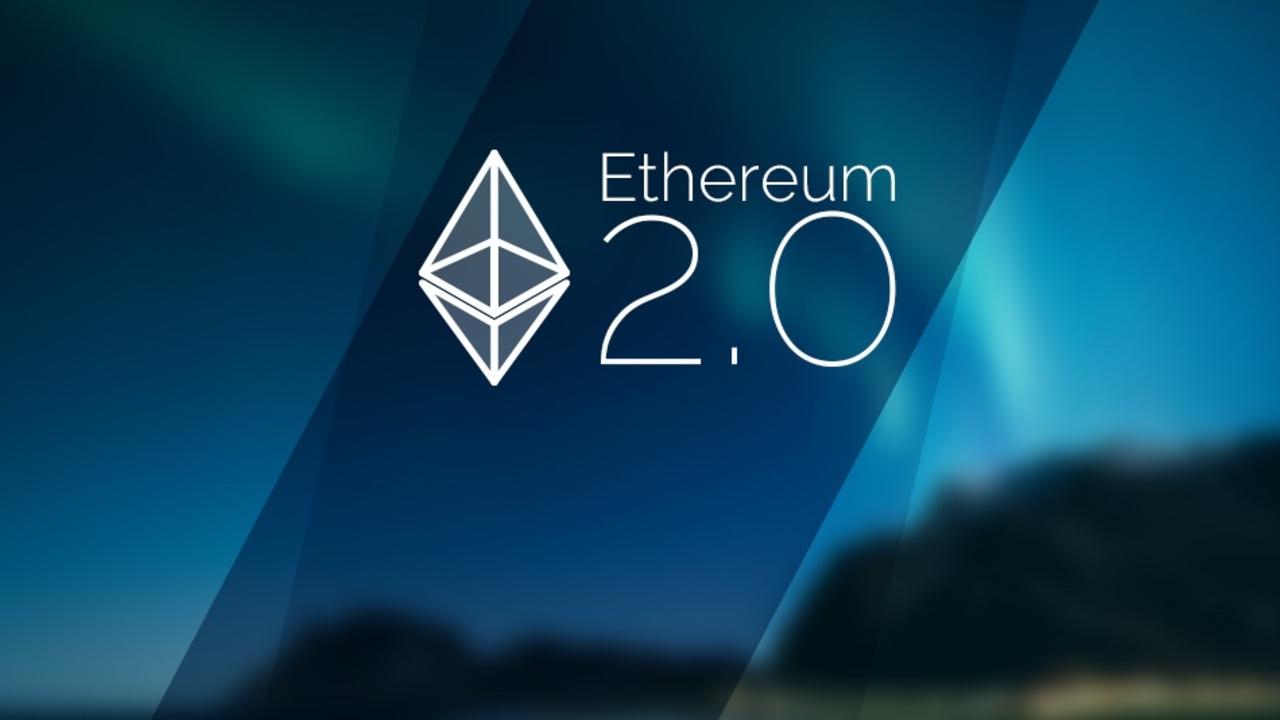
Proof-of-stake Ethereum 2.0 is evolving. Traditional Ethereum and Ethereum 2.0’s Beacon Chain will join around 2020–2022. The Beacon Chain prepares for shard chains without change. Remember scalability? Scaling with sharding and chains. Blockchain sharding creates networks. Smaller networks utilize less hardware because they store shared data. Sharding streamlines Ethereum validation and cuts network traffic. Ethereum 2.0 thrills bulls. Celebrities use NFTs, raising blockchain awareness. However, This behavior requires Ethereum 2.0 due to higher transaction costs and slower validation. Transaction fees can reach 50%, which is problematic. DApp developers are simplifying it, which is good.
Proof-of-stake for Ethereum 2.0 helps. PoS consensus replaces energy-intensive mining in Ethereum 2.0. Ethereum’s proof-of-stake validators validate transactions, etc. A unique node. Early Ethereum 2.0 validators pledged 32 ETH. Computer validators online gain ETH. ETH holders will aid the network wherever they can. If they don’t participate or do wrong, validators lose ETH. Proof-of-stake blockchain consensus is fast and accessible. Everyone with money and a smartphone can join since it doesn’t require mining hardware. That accessibility should grow the network. Additional validators check blocks. Rising validators secure and decentralize Ethereum.
Buying Ethereum
Fidelity and Vanguard cannot sell Bitcoin. Try a cryptocurrency exchange. Many Bitcoin exchanges offer simple to complex dashboards. Before enrolling, check prices, security, and features. Crypto exchanges require ID and personal info to open accounts. You can fund your account after connecting your bank or debit card. A choice may affect costs. However, funded investment accounts should not have idle funds. Buy Ethereum now to invest. Convert USD to ETH after loading your account. Eth exchanging dollars. Buy ETH currency shares by quantity and price. Ethereum purchases. Exchanges store small coins readily. A digital wallet protects your belongings during moves. Different precautions protect paper and mobile digital wallets.
Should you Buy Ethereum?
Bitcoin has the highest market capitalization, by Ethereum. Ethereum may offer higher returns than other investments due to its higher risk. However, it is popular in banks because its decentralization prevents hacking. Banks use ETH for remittances and payments because it permits Ethereum-based payments.
-
Shipping:
Ethereum helps shippers track cargo and fight counterfeiting. Ethereum provides provenance and traceability for any regular supply chain item.
-
Agreements:
Ethereum smart contracts allow contract execution without alteration. A fragmented, dispute-prone organization can use Ethereum to build smart contracts and record agreements and transactions.
Future of Ethereum
However, fundamental questions remain about whether Ethereum, which is behind schedule with a complicated series of technological upgrades, can compete with more agile competitors and whether the crypto industry will reach an agreement on its long-term function. However, investors like Garg worry that Ethereum’s long-term importance may cause a cryptocurrency market reversal, with Bitcoin regaining control.
